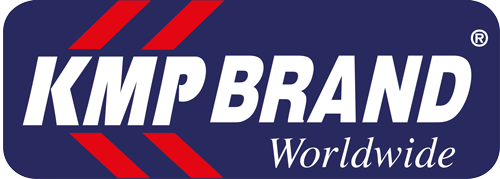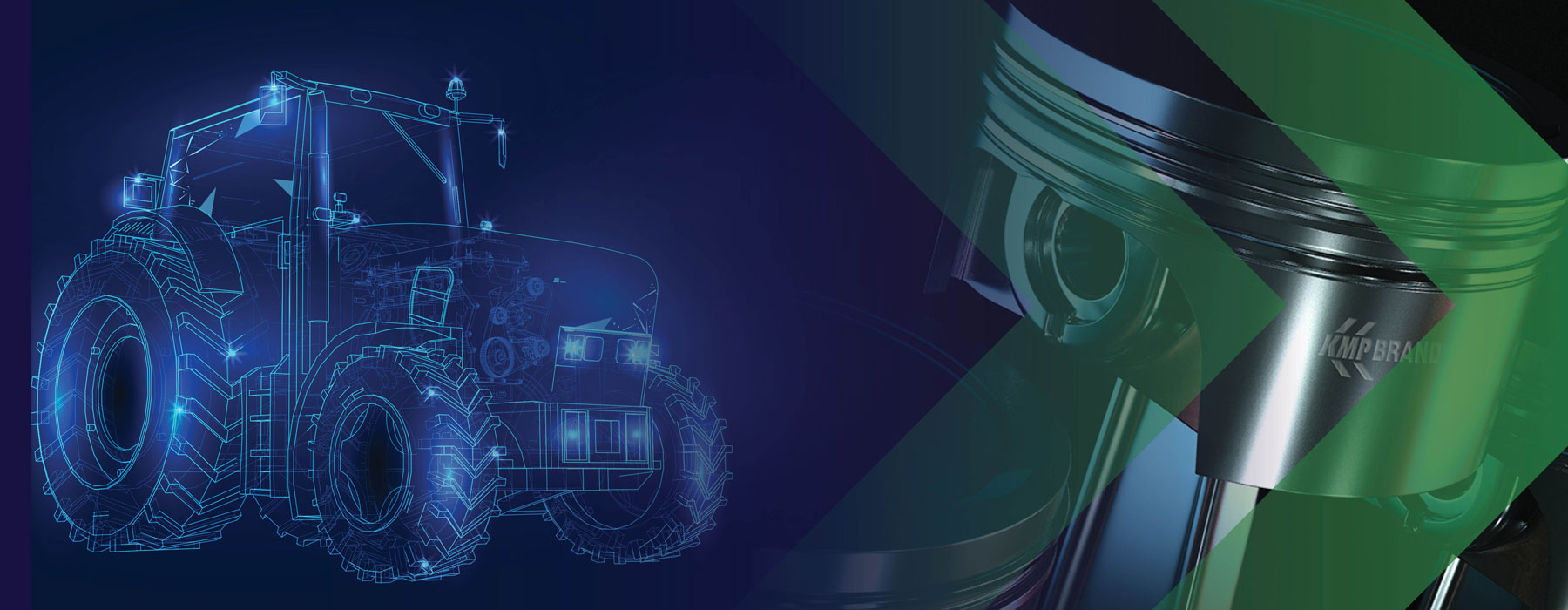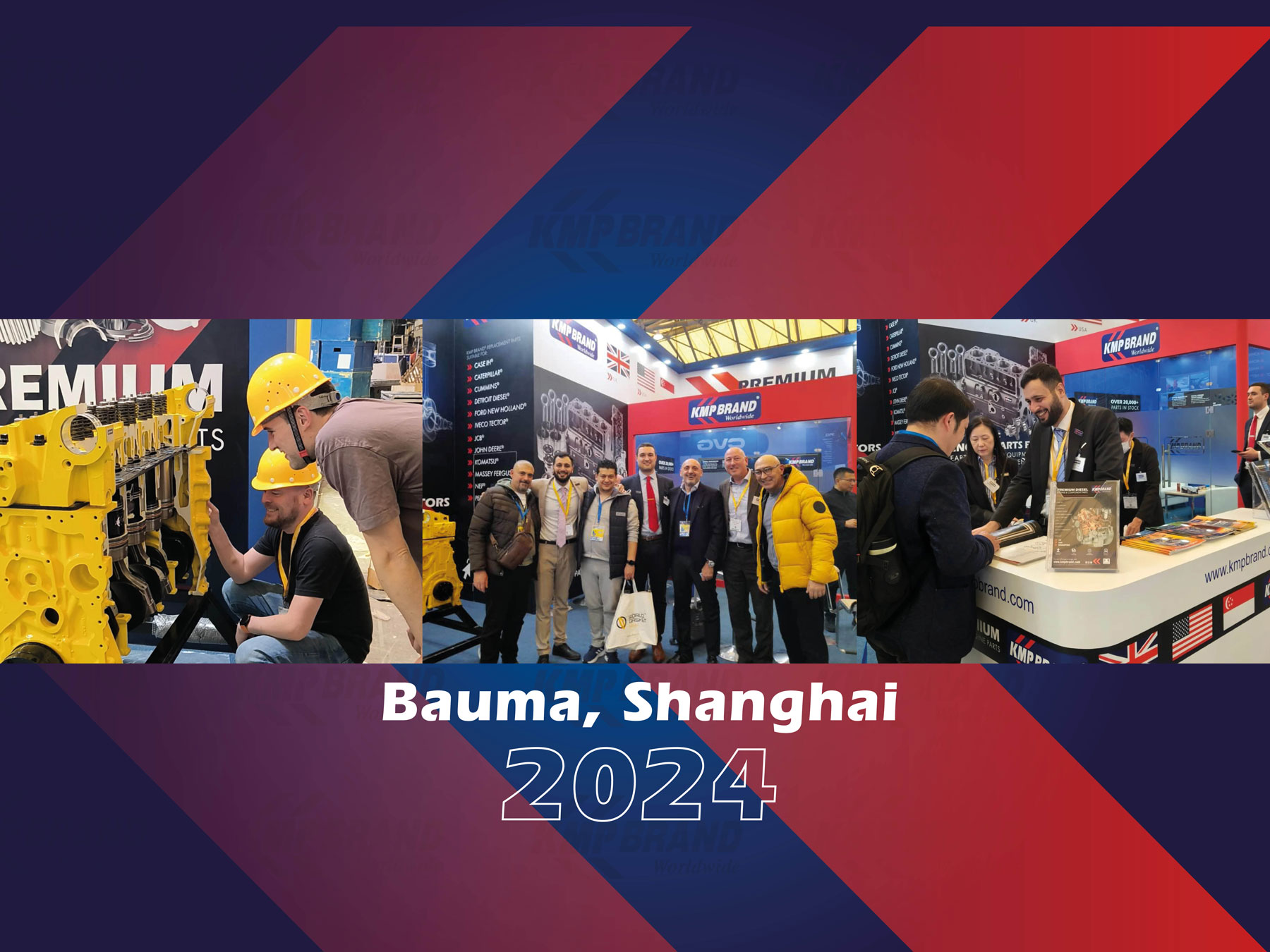Cummins Inc®. is a global power leader that designs, manufactures, distributes and services diesel and natural gas engines and power generation equipment. The company has a rich history that spans over a century, during which it has grown from a small business to a global leader in the manufacturing of engines and power systems. In this article, we will explore the history of Cummins® engines and take a look at some of the best-selling engines in the company’s history.
Cummins® Origins
The origins of Cummins® dates back to 1911 when the race car driver Ray Harroun invited mechanic Clessie Lyle Cummins to join his pit crew having heard of his outstanding reputation as a mechanic. As part of Harroun’s team, Cummins® advised improvements to increase the speed of his car, consequently helping the ‘Marmon Wasp’ secure the winners position in the first ever Indianapolis 500 Mile Race on May 30, 1911. This was Harroun’s final race before retirement.History of Cummins® Engines
By 1919 Cummins® had sought investment from banker William Glanton Irwin to set up Cummins Engine Co®. in Columbus, Indiana. The company pioneered the use of technology developed by German engineer Rudolf Diesel in the late 1800s. The company initially found success in marine engines, before developing engines for the automotive industry. Diesel engines were not widely used in the 1920’s, but by the early 1930’s, with diesel fuel costing 1⁄3 the price of gasoline, the use of Cummins® diesel engines grew. During this period the Cummins® Model H engine was being used in railroad switchers, and by 1932 Kenworth became Cummins® first customer for H engines in their fleet of trucks.Reputation For Quality
The Cummins Engine Co®. (now Cummins, Inc) became synonymous with quality and was the first to offer customers a 100,000 mile warranty. Over the next few years, Cummins® engines gained a reputation for being reliable and durable, which led to increased demand for the company’s products.The Growth Of Cummins®
Under the leadership of J. Irwin Miller, the great-nephew of William G. Irwin, the company grew rapidly and expanded into worldwide markets, opening a manufacturing facility in Scotland in 1956, their first manufacturing facility outside of the United States. During this time, the post World War II road building boom in the US helped ensure the continued growth of the Cummins Engine Co.® with more than half the heavy-duty truck market using a Cummins® engine. By the 1960’s the company had established a presence in nearly 100 countries worldwide. During 1965 Cummins® opened another UK manufacturing plant based in Darlington, England, followed in the 1970’s with a plant in Daventry for K-series engines. After the war, the company continued to innovate and expand its product line, introducing new engines for trucks, buses, and industrial equipment. In the 1980s, Cummins® introduced a new line of engines that used electronic controls to optimize performance and reduce emissions. These engines were widely adopted by the trucking industry and helped to establish Cummins® as a leader in engine technology.Cummins® Today
Today, Cummins® engines can be found in a wide range of applications, including commercial trucks, buses, generators, marine vessels, and construction equipment. The company has a global presence, with manufacturing facilities and service centres in countries around the world.Cummins® Engines
- Cummins® 5.9-liter engine: The 5.9-liter engine was introduced in 1984 and quickly became one of the most popular diesel engines in the world. This engine was used in a wide range of applications, including light-duty trucks, buses, and agricultural equipment.
- Cummins® ISX15 engine: The ISX15 is a heavy-duty engine that was introduced in 2001. This engine features advanced technology that improves fuel efficiency and reduces emissions, while still providing exceptional power and torque.
- Cummins® N14 engine: The N14 was a popular engine in the 1990s and early 2000s, and it was used in a wide range of applications, including trucks, buses, and construction equipment. This engine was known for its durability and reliability, which made it a favourite of many fleet operators.
- Cummins® QSB6.7 engine: The QSB6.7 is a mid-range engine that was introduced in 2007. This engine is used in a variety of applications, including marine vessels, generators, and construction equipment. It is known for its reliability, durability, and fuel efficiency.
- Cummins® L10 engine: The L10 was a popular engine in the 1980s and 1990s, and it was used in a wide range of applications, including trucks, buses, and industrial equipment. This engine was known for its reliability and durability, which helped it to become one of Cummins® best-selling engines of all time.


